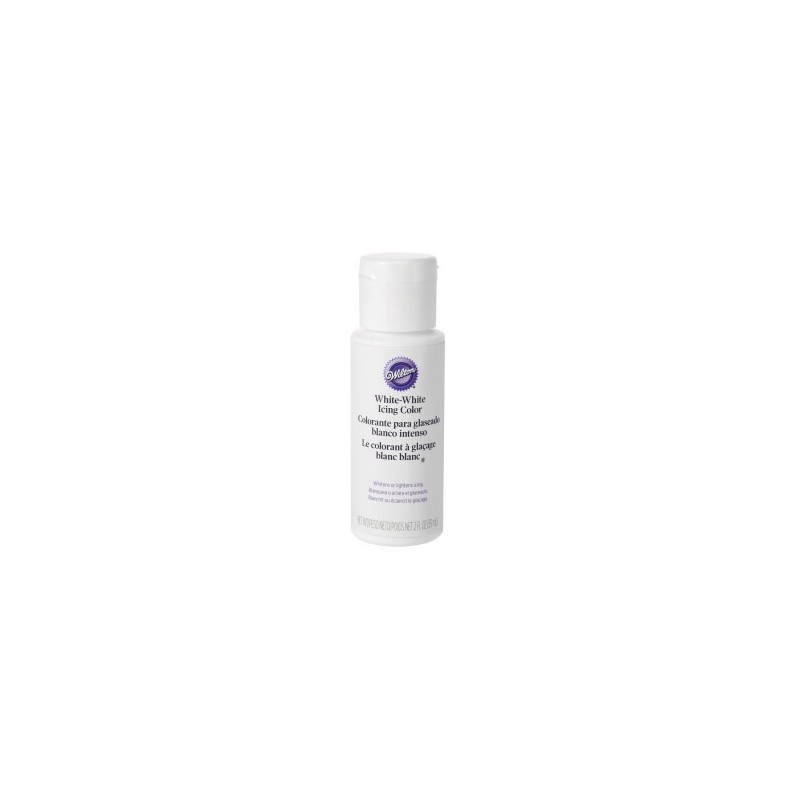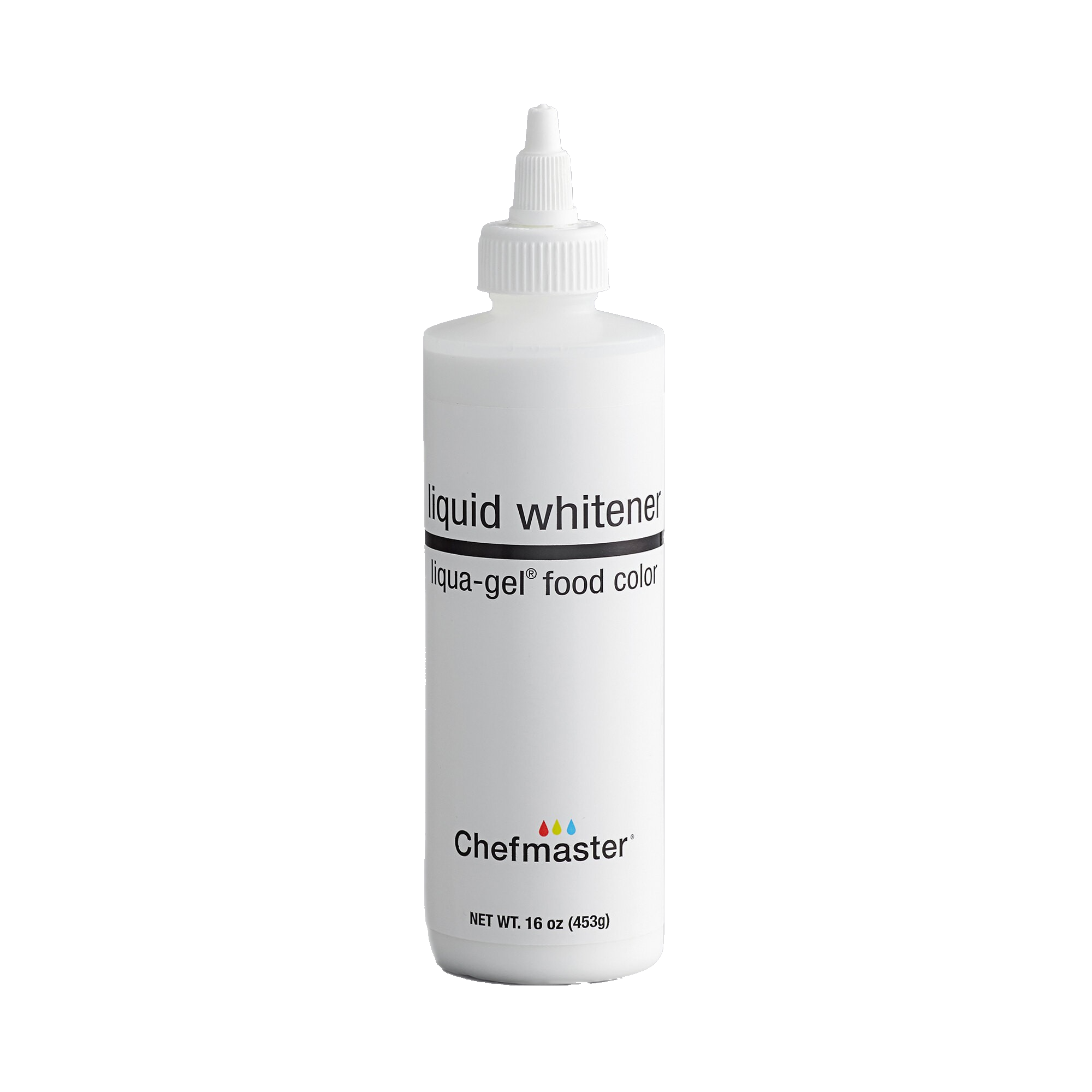White meals coloring, a culinary chameleon, transforms the looks of meals, making it visually interesting and tantalizing. Its versatility extends past meals, with purposes in cosmetics and prescription drugs, making it an integral a part of our day by day lives.
The first ingredient in white meals coloring, titanium dioxide, is an interesting substance with distinctive properties. This text delves into the composition, purposes, security issues, alternate options, and market traits of white meals coloring, unraveling its impression on our culinary experiences and past.
Composition of White Meals Coloring
White meals coloring consists of a number of components, however the major part is titanium dioxide.
Titanium dioxide (TiO 2) is a naturally occurring mineral that has been used as a white pigment for hundreds of years. It’s a white, odorless, and tasteless powder that’s insoluble in water and most natural solvents.
Chemical Construction and Properties of Titanium Dioxide
Titanium dioxide has a tetragonal crystal construction and consists of titanium and oxygen atoms. The titanium atoms are surrounded by six oxygen atoms, forming a octahedral coordination sphere. The oxygen atoms are organized in a cubic close-packed lattice, with the titanium atoms occupying the octahedral holes.
Titanium dioxide is a extremely secure compound. It’s immune to warmth, mild, and acids. Additionally it is non-toxic and has been accepted to be used in meals by the FDA.
Functions of White Meals Coloring

White meals coloring performs a significant position in enhancing the looks and enchantment of varied meals merchandise. Its versatile nature permits it for use in a variety of purposes, together with culinary creations, cosmetics, and prescription drugs.
Culinary Functions
- Baked Items:White meals coloring is often utilized in baked items comparable to muffins, cookies, and pastries to attain a brighter, whiter look. It may be added to frosting, icings, and batters to create a pristine white coloration that enhances the general presentation.
- Confectionery:White meals coloring is indispensable within the manufacturing of candies, candies, and different confectionery merchandise. It helps to create a pure white base coloration that may be additional custom-made with different colours or flavorings.
- Dairy Merchandise:White meals coloring is typically utilized in dairy merchandise like milk, cream, and yogurt to boost their pure whiteness and make them seem extra interesting.
Non-Meals Functions
Past its culinary makes use of, white meals coloring additionally finds purposes in non-food industries.
Cosmetics
- Skincare Merchandise:White meals coloring is utilized in some skincare merchandise, comparable to face lotions and lotions, to assist brighten the pores and skin and scale back the looks of darkish spots.
- Hair Care Merchandise:It may be added to hair care merchandise like shampoos and conditioners to boost the pure whiteness of hair or to create momentary coloration results.
Prescription drugs
- Medical Imaging:White meals coloring is typically used as a distinction agent in medical imaging procedures to boost the visibility of sure constructions or tissues.
- Drug Formulation:It may be used as an excipient in drug formulations to enhance the looks or stability of the product.
Security Concerns

White meals coloring, primarily composed of titanium dioxide, is topic to numerous security laws and tips. The protection of titanium dioxide in meals has been a subject of ongoing debate, with issues raised about potential well being dangers.
In the US, the Meals and Drug Administration (FDA) has designated titanium dioxide as a “typically acknowledged as secure” (GRAS) substance to be used in meals, however with sure restrictions. The FDA has established most utilization ranges for titanium dioxide in varied meals classes, starting from 1% to five% by weight.
Potential Well being Considerations, White meals coloring
Considerations concerning the security of titanium dioxide stem from research indicating that it might have hostile results on the respiratory system and digestive tract. Some analysis means that titanium dioxide particles can accumulate within the lungs, probably resulting in irritation and different respiratory points.
Moreover, animal research have proven that prime doses of titanium dioxide could trigger injury to the intestinal lining.
Nonetheless, it is vital to notice that almost all human research haven’t discovered important well being dangers related to titanium dioxide consumption on the ranges usually present in meals. Extra analysis is required to totally perceive the potential well being results of titanium dioxide and to find out secure publicity limits.
Ongoing Analysis and Debates
The protection of white meals coloring stays an lively space of analysis. Scientists are investigating the potential well being results of titanium dioxide and different components utilized in white meals coloring. Ongoing debates heart across the want for stricter laws, extra complete security assessments, and different pure coloring choices.
The Worldwide Company for Analysis on Most cancers (IARC) has labeled titanium dioxide as a attainable human carcinogen (Group 2B), based mostly on restricted proof of lung most cancers in rats uncovered to excessive ranges of the substance. Nonetheless, it is vital to notice that the IARC classification relies on animal research and doesn’t essentially replicate the chance to people on the ranges usually present in meals.
Regulatory businesses worldwide proceed to watch analysis on titanium dioxide and replace their security assessments accordingly. Shoppers ought to pay attention to the potential well being issues related to white meals coloring and make knowledgeable selections about its consumption.
Options to White Meals Coloring

White meals coloring, whereas broadly used, has sure limitations and issues. To deal with these, varied pure and synthetic alternate options have emerged, providing distinctive properties and purposes.
These alternate options will be broadly categorized into:
Pure Options
- Titanium Dioxide:A naturally occurring mineral that gives a brilliant white coloration. It’s usually utilized in powdered type and is taken into account secure for consumption.
- Calcium Carbonate:One other naturally occurring mineral that imparts a refined white hue. It’s primarily used as an anti-caking agent however can even contribute to paint.
- Rice Flour:A high-quality powder constructed from floor rice, which provides a barely off-white coloration and may improve the feel of meals merchandise.
Synthetic Options
- Good White FCF:An artificial dye that gives an intense white coloration. It’s generally utilized in sweet, frosting, and baked items however has been linked to sure well being issues.
- Quinoline Yellow WS:One other artificial dye that produces a yellowish-white coloration. It’s primarily utilized in drinks and confectionery merchandise.
| Characteristic | White Meals Coloring | Pure Options | Synthetic Options |
|---|---|---|---|
| Coloration | Vibrant white | Delicate white to off-white | Intense white to yellowish-white |
| Supply | Mineral (Titanium Dioxide) | Pure components (Titanium Dioxide, Calcium Carbonate, Rice Flour) | Artificial dyes (Good White FCF, Quinoline Yellow WS) |
| Functions | Frosting, sweet, baked items | Confectionery, dairy merchandise, sauces | Drinks, confectionery, baked items |
| Security Concerns | Usually acknowledged as secure (GRAS) | Usually thought of secure | Some well being issues raised |
Market Traits and Improvements: White Meals Coloring
The white meals coloring business is experiencing a number of key traits and improvements pushed by altering client preferences and technological developments.
One important pattern is the rising demand for pure and more healthy meals choices. Shoppers are more and more searching for out meals merchandise made with recognizable and clear components, free from synthetic components. This has led to a surge in demand for pure white meals coloring derived from sources like titanium dioxide and calcium carbonate.
Revolutionary Applied sciences and Functions
In response to this demand, meals producers are exploring modern applied sciences to develop pure white meals coloring merchandise. These embody:
- Microencapsulation:This method includes encapsulating white meals coloring particles in a protecting coating, bettering their stability and stopping degradation throughout processing and storage.
- Nanotechnology:Nanotechnology is used to create ultra-fine white meals coloring particles, enhancing their dispersion and coloration depth in meals merchandise.
- Enzymatic Modification:Enzymes are used to change the construction and properties of white meals coloring, bettering their performance and suitability for particular purposes.
These improvements are increasing the purposes of white meals coloring past conventional makes use of in frosting, icings, and baked items. New purposes embody:
- Dairy merchandise:White meals coloring is used to boost the whiteness of milk, yogurt, and cheese, making them seem extra interesting and recent.
- Confectionery:White meals coloring is used to create vibrant white sweet, candies, and gummies, including visible enchantment and bettering their presentation.
- Drinks:White meals coloring is used to create opaque or cloudy drinks, comparable to fruit juices, smoothies, and alcoholic drinks, enhancing their look and texture.
Important Questionnaire
What’s the major ingredient in white meals coloring?
Titanium dioxide, a naturally occurring mineral, is the first ingredient in white meals coloring.
Is white meals coloring secure to eat?
The protection of white meals coloring, notably titanium dioxide, is a topic of ongoing debate. Whereas typically acknowledged as secure by regulatory our bodies, some research increase issues about potential well being results.
What are some pure alternate options to white meals coloring?
Pure alternate options to white meals coloring embody rice flour, tapioca starch, and potato starch. These alternate options present the same white coloration with out the potential well being issues related to titanium dioxide.

